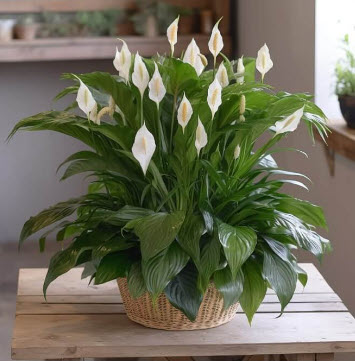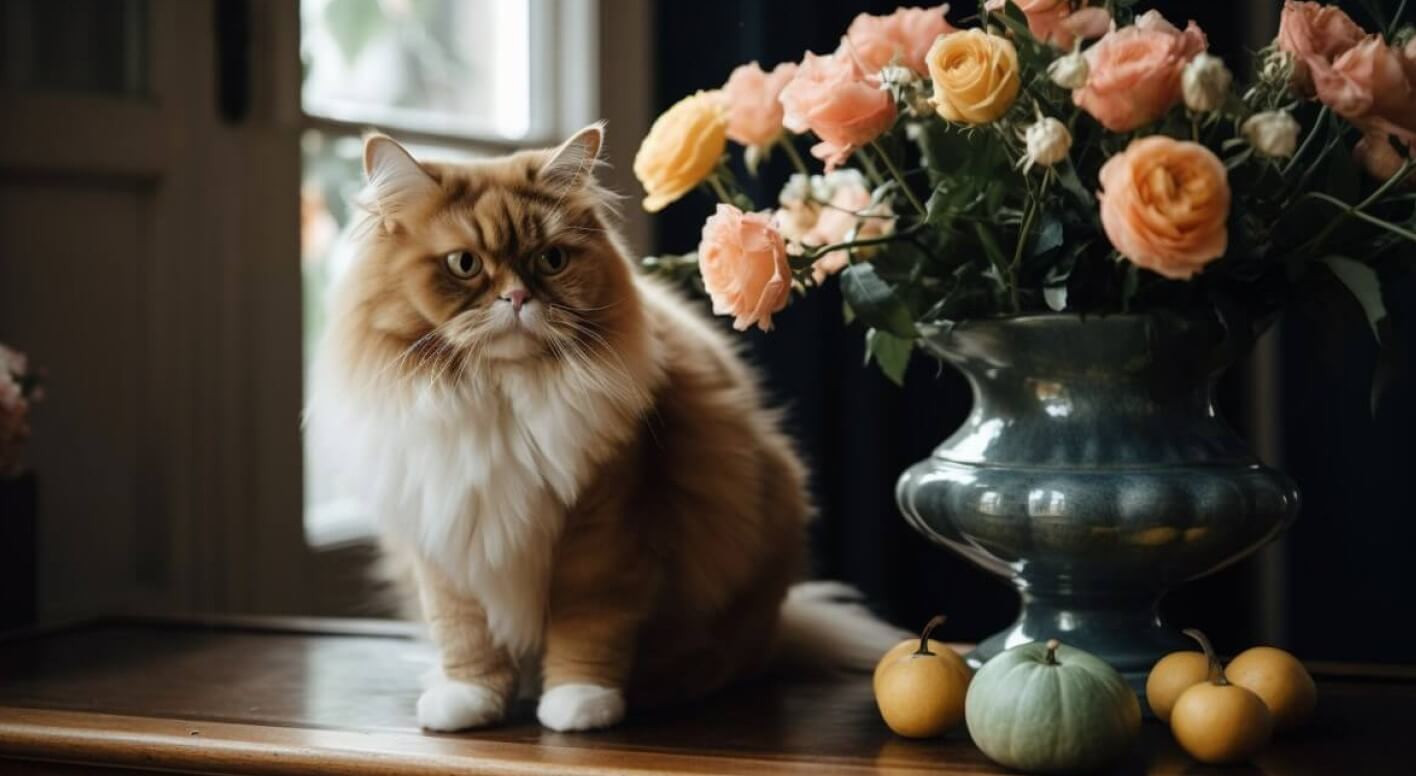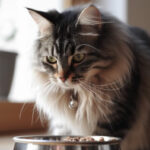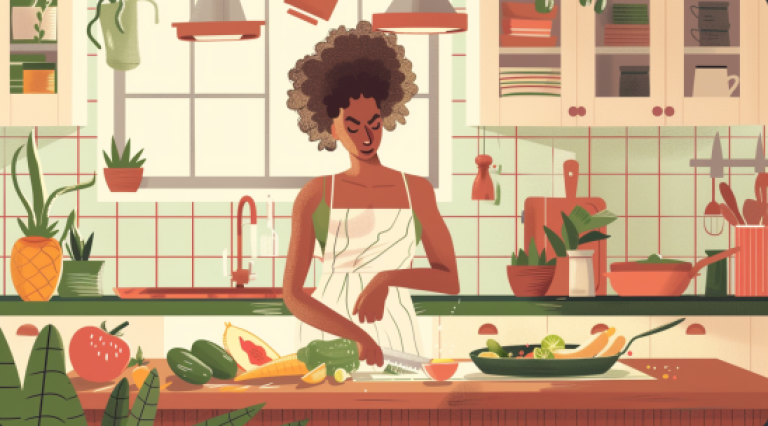Would you prefer to listen to a short podcast discussion about this article? Click on the audio below.
When buying plants from a local garden centre or DIY store, they typically do not provide information regarding toxic plants for cats and the potential harm to your pet. It is therefore recommended that you conduct your own research to ensure that any house plant you purchase is safe for your cat. If you are uncertain about a particular plant, it is best not to purchase it.
Table of Contents
There are various ways in which a cat can be poisoned by a toxic plant, including drinking water from a plant drip tray and consuming flower heads, berries, roots, leaves, green shoots, pollen, or soil. As a result, you need to be aware of these potential hazards and take appropriate precautions.
Ideally, any plant that is not on the cat-friendly list should be kept in an inaccessible location to prevent your pet from consuming it. Alternatively, consider giving such plants away to someone who does not have pets. Indoor-only cats are known for nibbling on plants as they may be seeking some greenery to help them expel furballs. This behaviour is innate, and all cats are prone to eating some greens. As such, growing your cat grass is advisable to provide a safe and healthy alternative for your feline friend.

Very toxic plants for cats are as follows:
Aloe Vera
Azalea
Christmas Cactus
Cyclamen
Daffodil
Dieffenbachia
Ivy
Lilies (all types)
Peace Lily
Philodendron
Poinsettia
Snake Plant (Sansevieria)
Please note that this is not a totally exhaustive list, and other houseplants may be toxic to cats. If you have cats, it's always a good idea to research any plant before bringing it into your home to ensure it's safe for your furry friends.
Toxic Plants For Cats - Cut Flowers

Lilies (all types, including Easter, Tiger, and Asiatic lilies)
Daffodils
Tulips (especially the bulb)
Hyacinths
Amaryllis
Gladiolas
Chrysanthemums (especially the leaves and stems)
Baby's breath (gypsophila)
Sweet William
Carnations
Calla lilies
Iris
It would be best if you kept these flowers out of reach of cats, as ingesting them can lead to serious health problems such as vomiting, diarrhoea, loss of appetite, lethargy, kidney failure, and even death. If ever you suspect that your cat has eaten or nibbled on a toxic flower, seek veterinary attention immediately.
If you require any assistance with this article, please do not hesitate to Contact Us
What is the most toxic plant to cats?
Plants from the Lilium spp. family, including Asian, Easter, Japanese show, and Rubrum lilies, are considered highly toxic to cats. Even a small amount of ingestion can lead to severe kidney damage.
What are mild toxic plants to cats?
Some mildly toxic plants to cats include chrysanthemums, daffodils, and tulips. These plants can cause stomach upset, vomiting, and diarrhoea in cats when ingested. It is advised to keep these plants away from cats.
What are some non-toxic plants that are safe for cats?
Some non-toxic plants considered safe for cats include spider plants, Boston ferns, African violets, and some types of palms such as bamboo palm, parlour palm, and Areca palm. However, monitoring your cat's behaviour around these plants is still important, as some cats may still have a mild stomach upset if they ingest them.
Which garden plants are bad for cats?
Some toxic garden plants to cats include tomato plants, yew, daffodil bulbs, foxglove, and rhododendrons. Researching plants before planting them in your garden is important to ensure they are safe for your pets.
Help support the Cats Protection League with a monthly donation




















